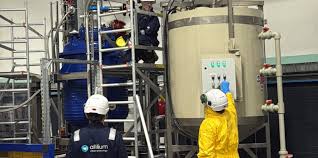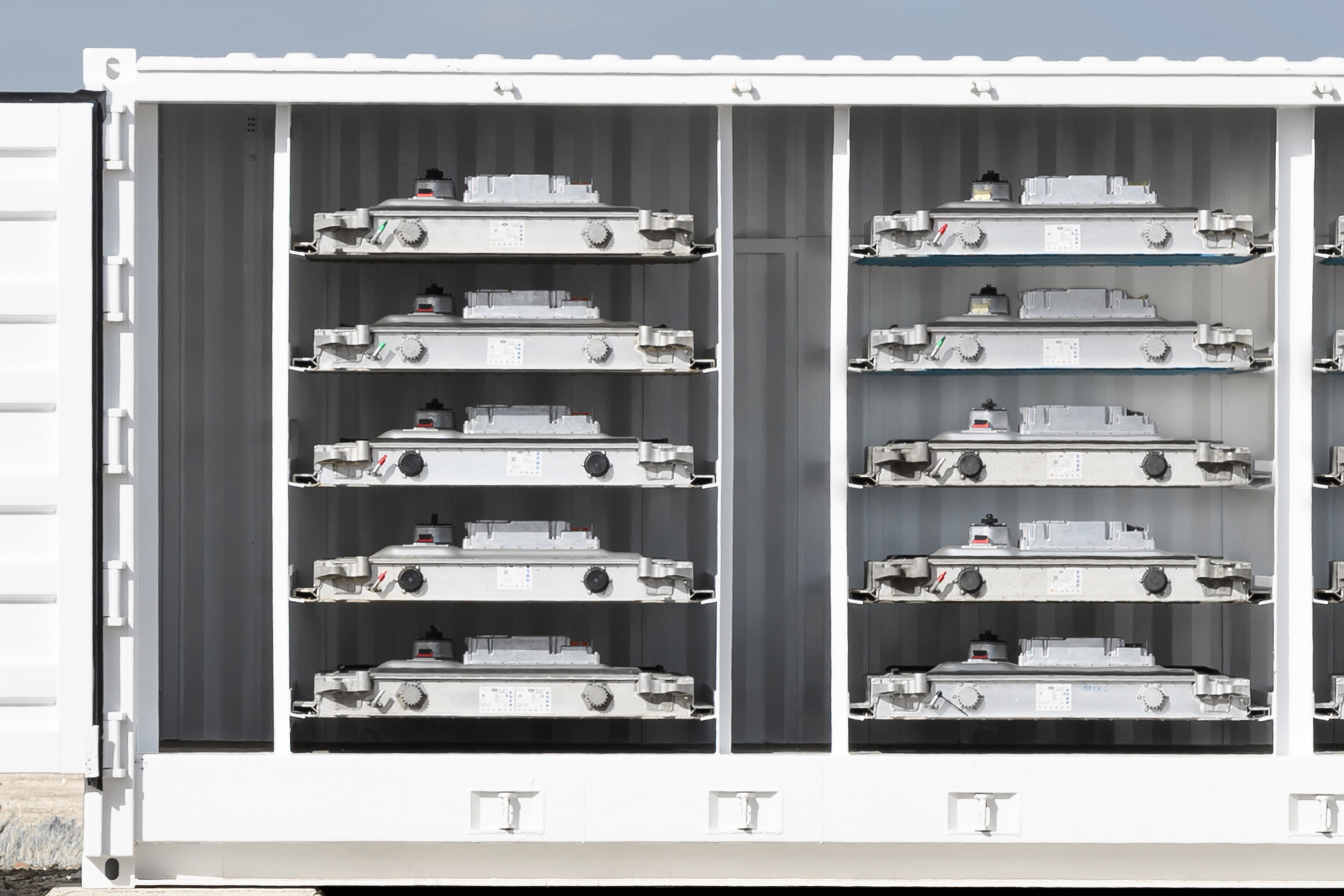![FILE - In this Saturday, April 28, 2018 file photo, the floating nuclear power plant, the 'Akademik... [+] ASSOCIATED PRESS](https://www.world-energy.org/uploadfile/2019/1021/20191021034327483.jpg) FILE - In this Saturday, April 28, 2018 file photo, the floating nuclear power plant, the 'Akademik... [+] ASSOCIATED PRESS
FILE - In this Saturday, April 28, 2018 file photo, the floating nuclear power plant, the 'Akademik... [+] ASSOCIATED PRESS The success of this project could mark a sharp change in the way nuclear power is deployed in areas where renewable energy cannot be implemented— and could herald new advances in the fight against climate change. However, despite this promise, the Lomonosov has come under fire from anti-nuclear groups. Greenpeace has dubbed it “Chernobyl on ice”, and staged publicity stunts to get the message across.
Even though Greenpeace’s bias is well-known, their criticism should be addressed. Safety should come first, and environmentalists are right to ask questions. But as Dale Klein, a former head of the U.S. Nuclear Regulatory Commission, said discussing the reaction to the Lomonosov: “It’s just a scare tactic. It’s just to make people think about an accident of some kind. So, it has no basis in science.” The Finnish regulator echoed that sentiment, dismissing fears that the reactor should be a cause for concern.
Today In: BusinessRejecting a low-carbon energy source simply on the grounds of the history of accidents in the past is particularly dangerous as the world is losing ground in the fight to rein in carbon dioxide emissions. According to UN WHO estimates, all nuclear disasters to date, including Three Mile Island, Chernobyl and Fukushima caused fewer than 5,000 deaths. That is tragic, to be sure, but in comparison, burning fossil fuels, especially coal and lignite, results in millions of estimated premature deaths every year.
It is true that the EU has seen almost half of its member states already meet their 2020 renewable targets. But with opposition against nuclear energy growing, fanned by misunderstood technologies such as the Lomonosov, what is sorely needed is a genuine assessment of the role the atom must play in order to stave off climate disaster.







